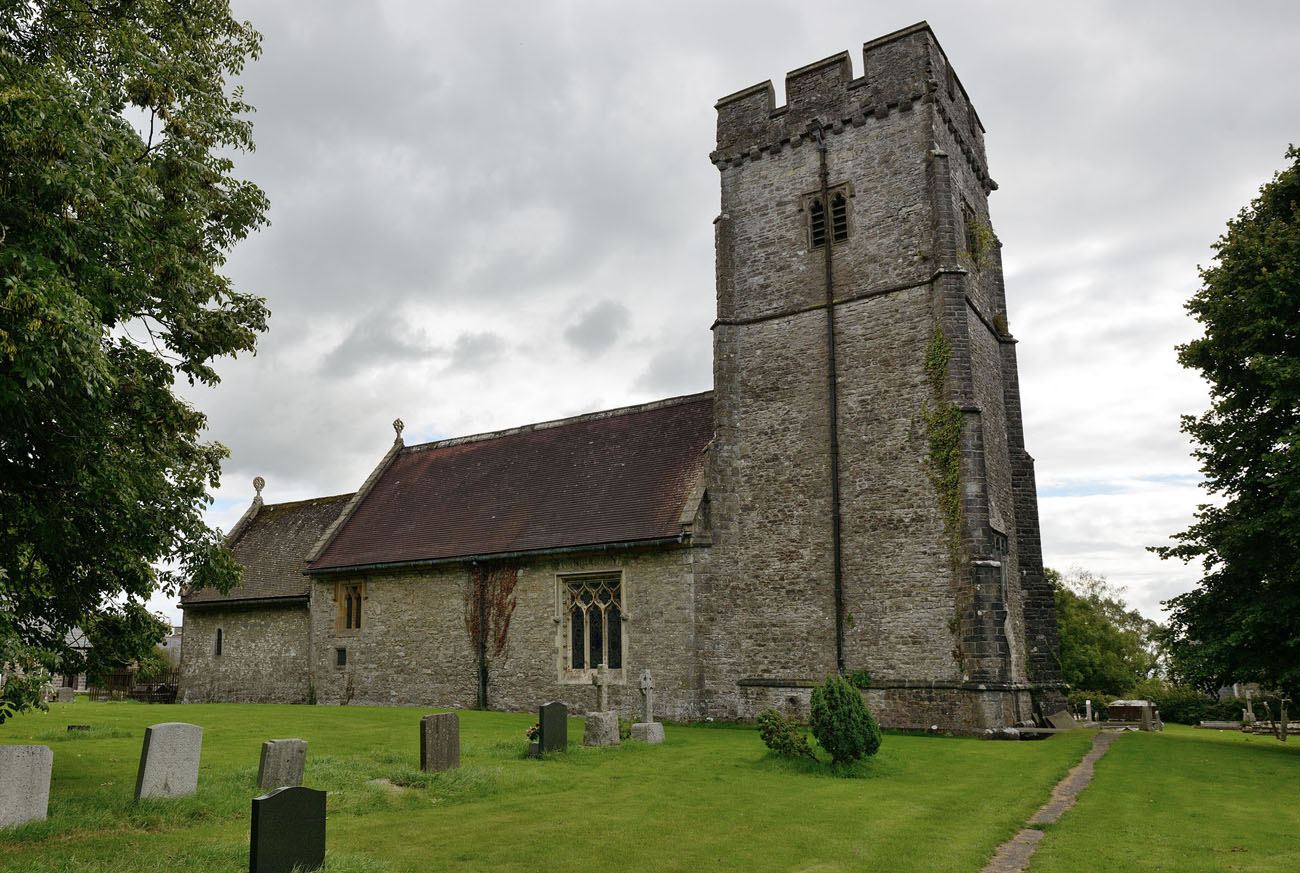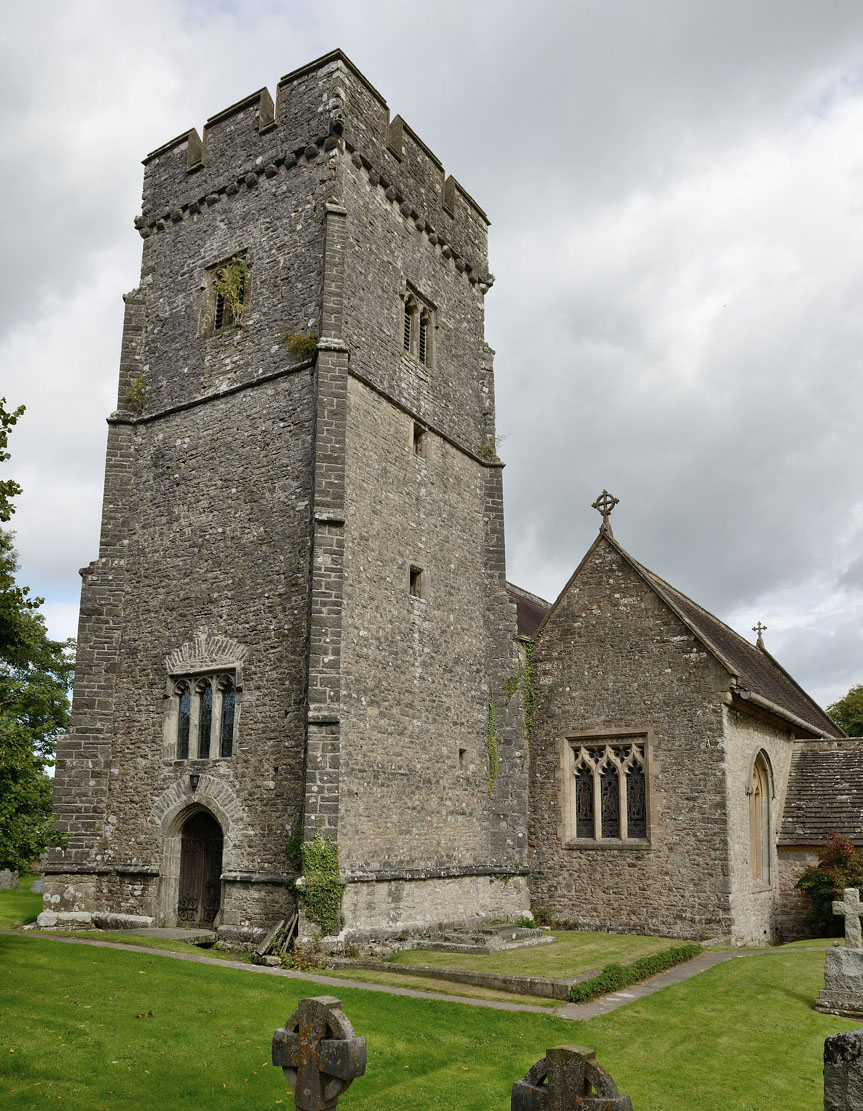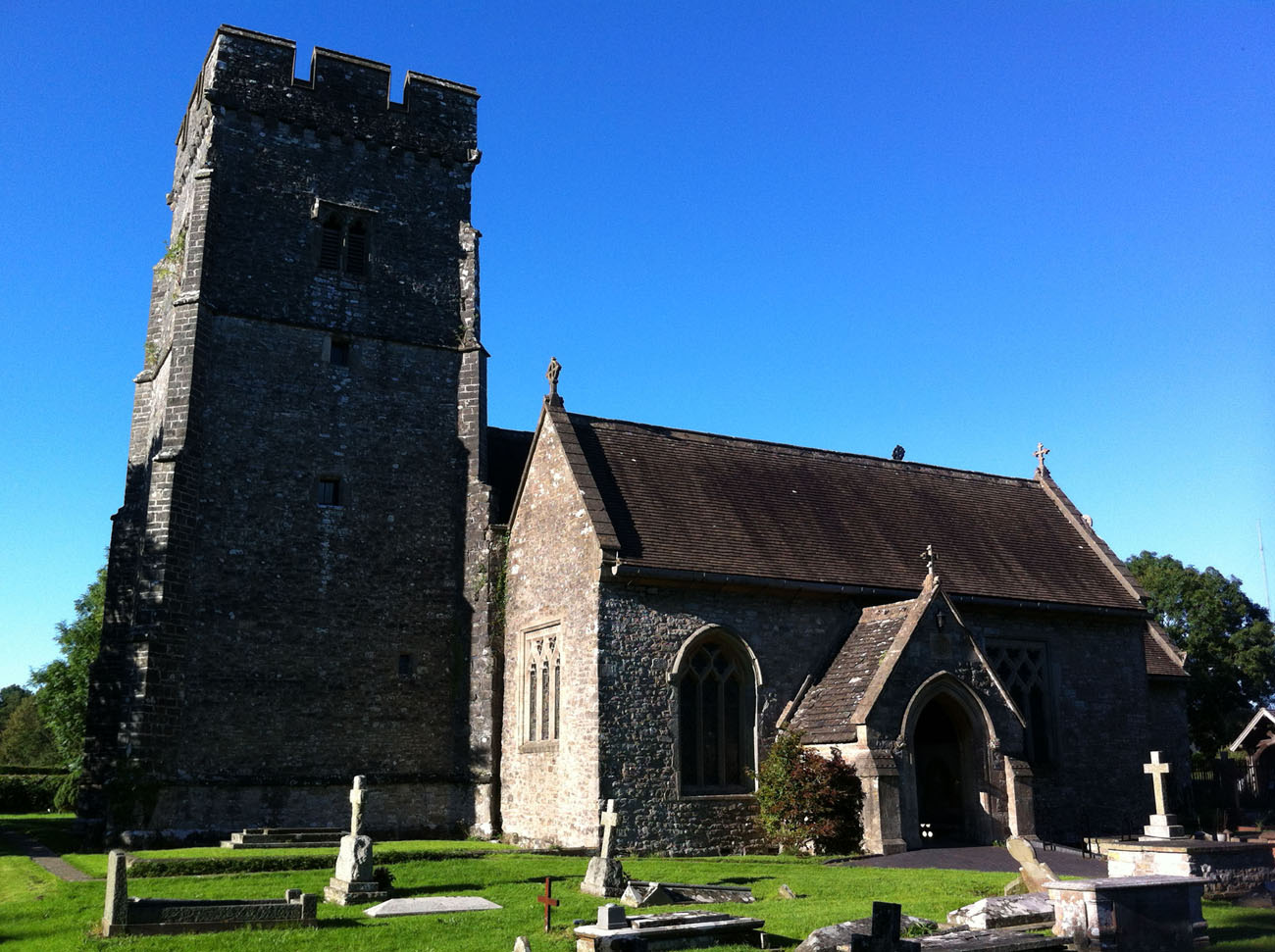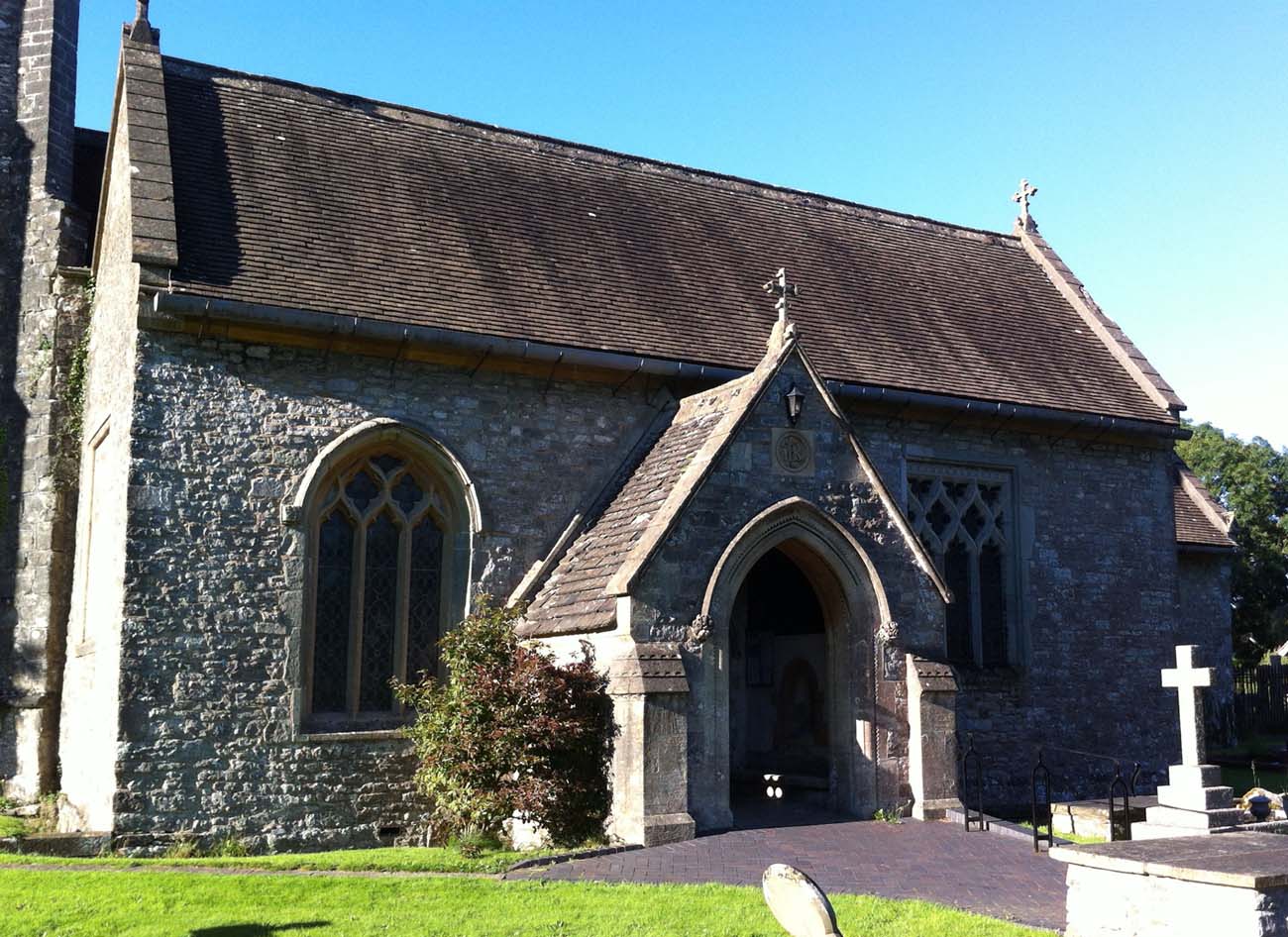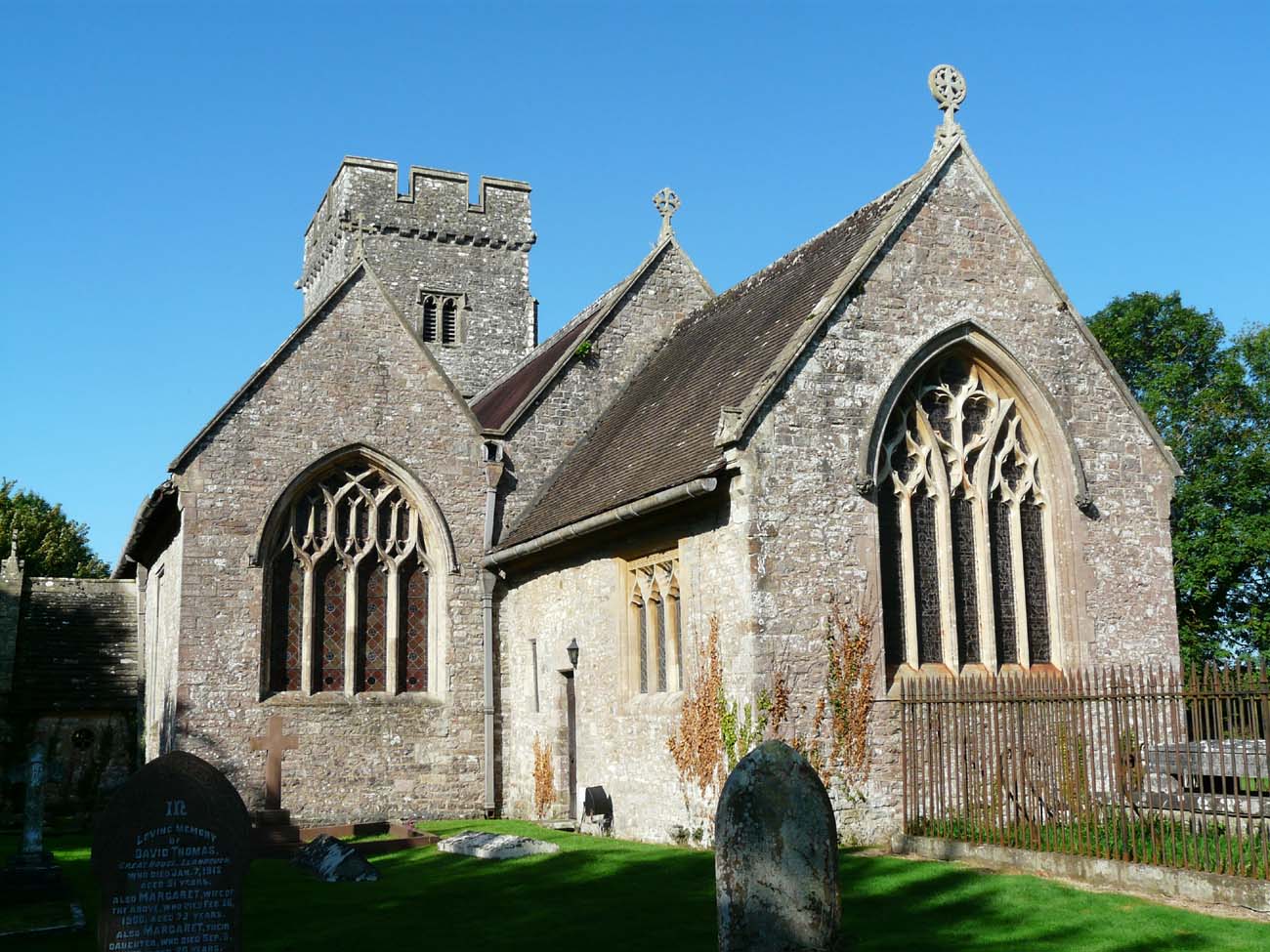History
The origins of the church in St Hilary date back to the late 12th century. It was dedicated to Saint Hilarius, bishop of Poitiers, who lived in the fourth century. Probably, however, it initially was dedicated to a Breton missionary and saint, Ilar or a native saint Elian. Probably the oblivion of these saints led to the recognition of the church’s dedication to the bishop of Poitiers. In the fourteenth century, the church was enlarged by the southern aisle, and in the sixteenth century by the western tower. In the 19th century, a renovation was carried out, during which windows and roofs were replaced and a porch was added.
Architecture
The church originally consisted of a rectangular nave and a narrower, short, also rectangular chancel. Inside, both of these parts were separated by a stepped, plain arcade with a slightly outlined ogival arch, characteristic of the forthcoming Gothic style. The lighting was provided by narrow, semicircular closed windows.
In the 14th century, a side aisle was attached to the nave from the south. It was identical in length, but was topped with a separate gable roof. Inside, the old nave was opened with moulded, pointed arches based on identically moulded pillars without the use of capitals.
At the end of the Middle Ages, a four-sided tower was added to the western wall of the nave. It was reinforced in the corners with high, stepped buttresses and crowned with a parapet with battlement, mounted on corbels protruding from the facades. Despite giving the impression of being defensive, its finial was only decorative and representative, following the dominant in the fifteenth century fashion for this type of towers.
Current state
Among the elements of today’s church, the porch is an early modern addition, as well as a large part of the windows renovated in the 19th century. The original window from the 12/13th century has been preserved in the northern wall of the chancel. The chancel arch separating the nave from the presbytery is also dated to the earliest period of the temple’s existence. Inside the church, there are effigies from the 14th and 15th centuries (Thomas Basset, who died in 1423, and a member of the de Cardiff family).
bibliography:
Salter M., The old parish churches of Gwent, Glamorgan & Gower, Malvern 2002.
Website britishlistedbuildings.co.uk, Parish Church of St Hilary A Grade II* Listed Building in Llanfair (Llan-fair), Vale of Glamorgan.
Website wikipedia.org, Church of St Hilary, St Hilary (Vale of Glamorgan).

